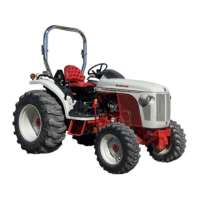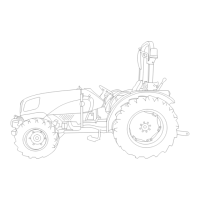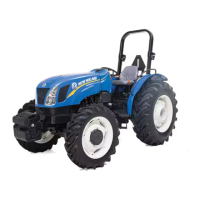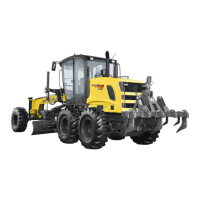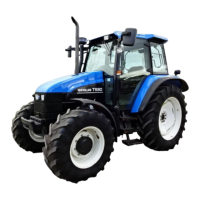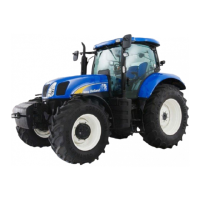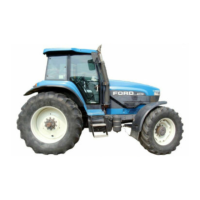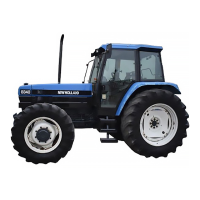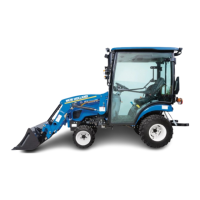Why is my New Holland Tractor engine overheating?
- AAlicia BrightAug 15, 2025
An overheating engine in your New Holland Tractor can be caused by several factors. Check for a lack of coolant and add as needed. Inspect the fan belt for slippage or breakage, adjusting the tension or replacing the belt if necessary. Also, examine the radiator and prescreen for dirt accumulation, cleaning them as needed.


